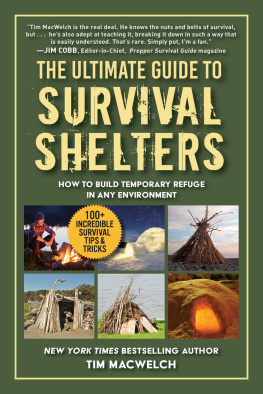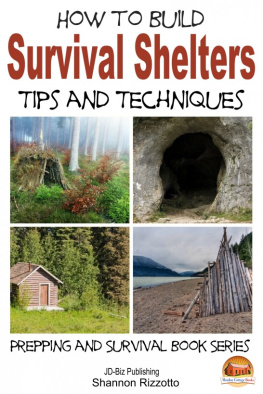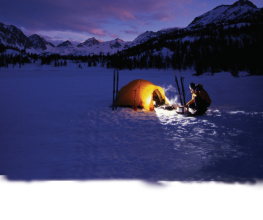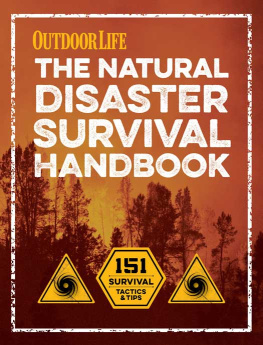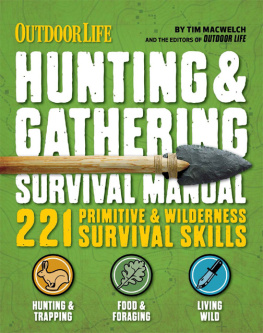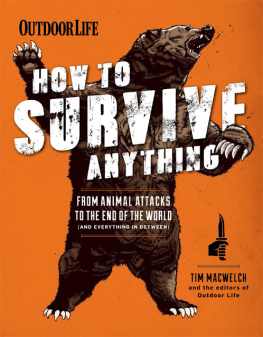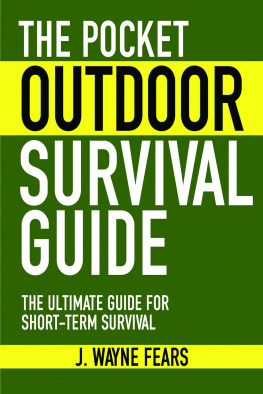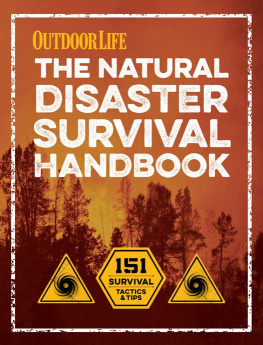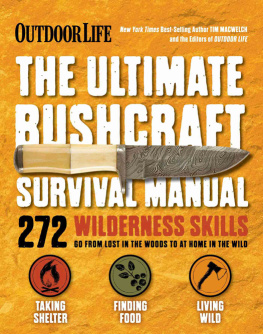


Copyright 2021 by Tim MacWelch
All rights reserved. No part of this book may be reproduced in any manner without the express written consent of the publisher, except in the case of brief excerpts in critical reviews or articles. All inquiries should be addressed to Skyhorse Publishing, 307 West 36th Street, 11th Floor, New York, NY 10018.
Skyhorse Publishing books may be purchased in bulk at special discounts for sales promotion, corporate gifts, fund-raising, or educational purposes. Special editions can also be created to specifications. For details, contact the Special Sales Department, Skyhorse Publishing, 307 West 36th Street, 11th Floor, New York, NY 10018 or .
Skyhorse and Skyhorse Publishing are registered trademarks of Skyhorse Publishing, Inc., a Delaware corporation.
Visit our website at www.skyhorsepublishing.com.
10 9 8 7 6 5 4 3 2 1
Library of Congress Cataloging-in-Publication Data is available on file.
Cover design by Kai Texel
Print ISBN: 978-1-5107-5556-7
Ebook ISBN: 978-1-5107-5847-6
Printed in China
Table of Contents
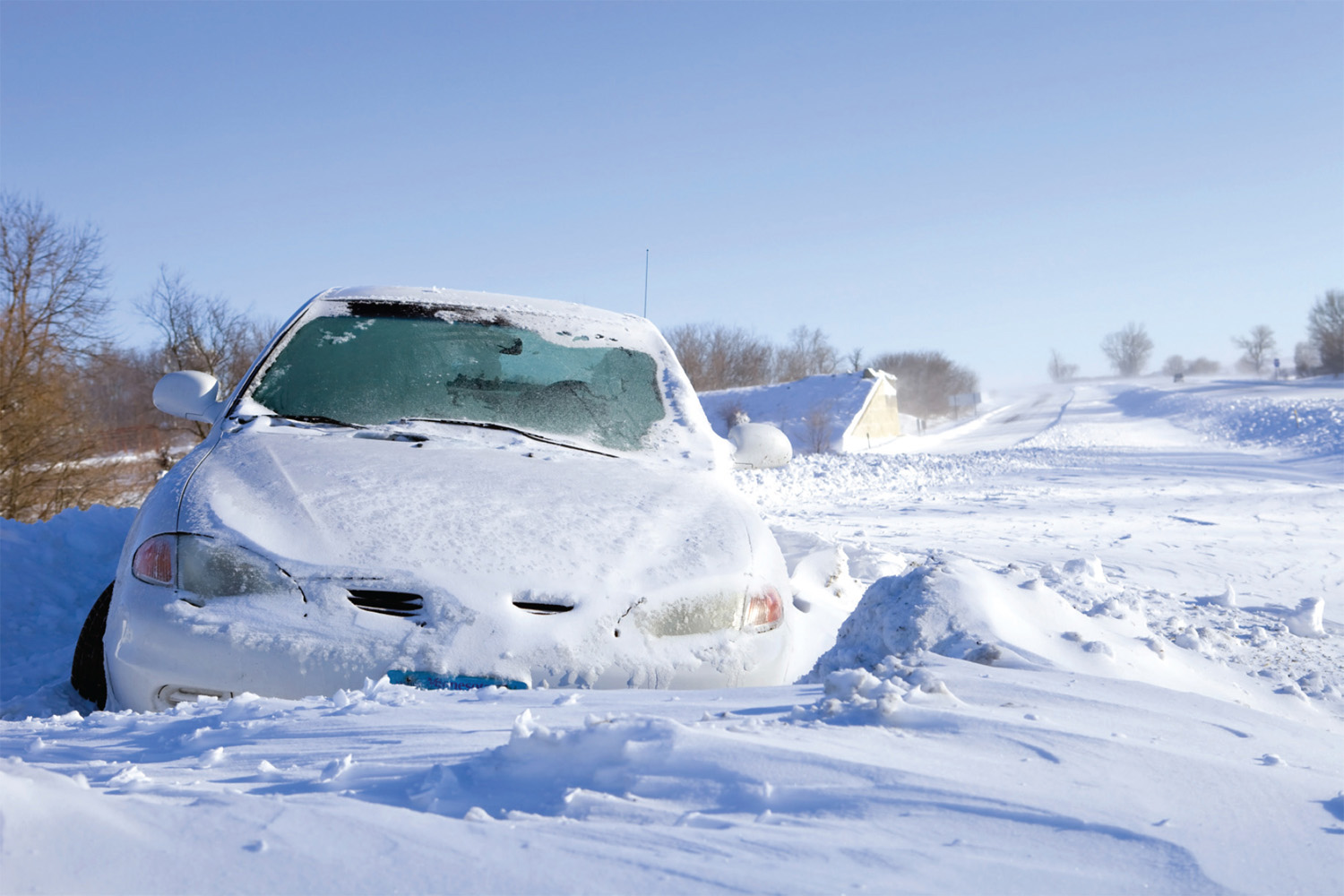
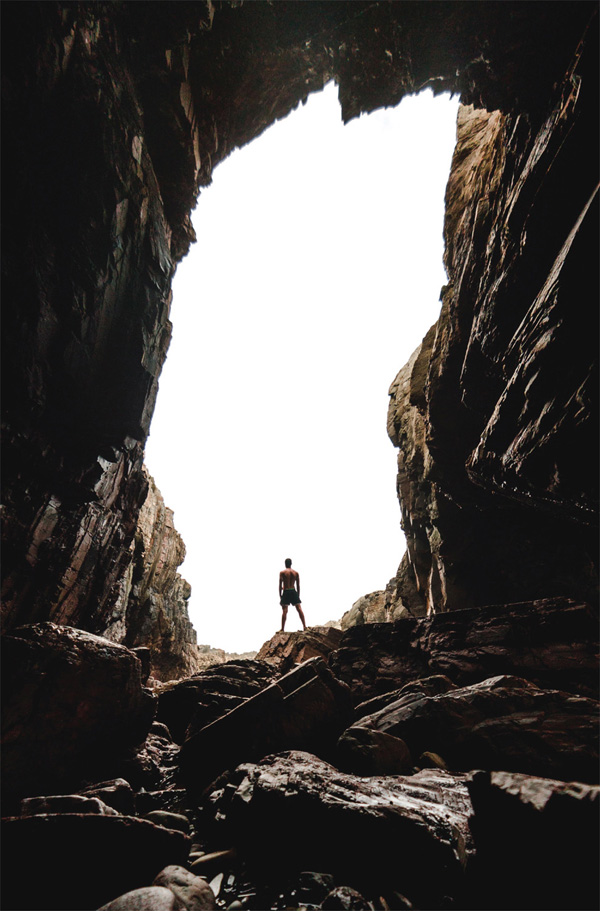
Introduction
W hat does it mean to have shelter, and why is it such an important survival commodity? Even further, does your dwelling have to possess an asphalt-shingled roof overhead (and a big fat mortgage payment), or can this refuge be something far simpler and more expedient?
If coziness is the measure of shelter, then the average modern home is the benchmark to hit. With insulated windows, lights that come on at the flick of a switch, and climate-controlled air that we can adjust on a whim, the typical house is a place of great comfort and a haven from the extremes of nature. Whether this home is a condo, townhouse, or mansion, each one has systems in place that create a highly comfortable atmosphere, especially when compared to the rude cabins, shacks, and huts of our predecessors. But what if I told you that you could survive without that comfortable home? Its true. In fact, you can subsist with a lot less than youd expect.
When it comes down to a question of survival over comfort, all we really have to do is keep our body temperature close enough to a healthy range and receive protection from the hazards of the area. These parameters make the term shelter much broader and allow it to fit a wide range of protective structures and assets, both natural and man-made. Again, if comfort takes a backseat to basic survival, a damp cave, a cheap tent, or an abandoned car are all capable of providing us with shelter. Thats a good thing, too.
Shelter can come in many forms, and unless youre in imminent danger (such as bleeding heavily or having a respiratory problem), acquiring shelter is going to be your top priority in an emergency situation. Certainly, if a bear is about to eat you, or youre sliding off a cliff,, youve got bigger problems than exposure to heat or cold; however, when youre not under the threat of beasts or bleeding out, shelter is the thing you need most. And even though food and water may seem just as vital to the average person, or even more important than shelter, we have to put it all into perspective. While we can go without a drop of water for days, we can also go with only water (no food) for weeks before Death comes to collect us. Yet in extreme cold, or high heat, we may not last more than a few hourseven if we had all the food and water in the world. In the of this book, well discuss the dangers of hypothermia, hyperthermia, and other environmental hazards, but for now, understand this: Shelter doesnt have to come in the form of a mansion. All you really need is something to block the elements that would take your body temperature out of a safe range and can defend you from any creatures or conditions that would cause you harm. Thankfully for us, these simple protections can come from a surprising number of sources. Get ready to think of shelter in a whole new way!
Understand the Threats
B efore we worry too much about survival shelter architecture and improvised building materials, its important to understand all of the reasons we need shelter. As a species, we tend to think of ourselves as the dominant creature on this planet, and we often ignore our physical limitations (thanks to our abundant technological props, which make up for areas we are lacking). Yet truth be told, were actually pretty fragile animals. Our teeth and claws are pitiful. It takes our young forever to mature. We cant climb, run, or swim very fast. To make matters worse, we are thin-skinned and relatively hairless (for mammals, anyway), and even if our waistlines are robust, we dont have the kind of blubber that keeps other mammals warm in frigid conditions. Without the intelligence and creativity to create shelter and clothing, I doubt our frail species would have ever left the global Goldilocks zones of tropical temperatures that are just right for naked humans to live year-round. But we didnt let our limitations stop us; quite the opposite, we turned to the natural resources that made up for our inadequacies. Over time, we turned furs into clothing and learned to seek shelter in caves. This technological growth made it possible for us to venture into less hospitable climates. Eventually, our clothing and home-building skills progressed to a level that has allowed our species to live anywhere on the planet, regardless of the hazardous conditions. But even with our countless inventions and innovations, our bodies are still under the same threats that have dogged our ancestors since the dawn of time. Without the vital necessity that we call shelter, the cold, wind, water, and heat can all take their toll on the human form. Below are some conditions that present the most threat to our bodies.
Hypothermia
Hypothermia is a medical condition in which the environment steals away our body heat faster than our body can produce its own heat to rewarm itself, and this condition is often our greatest threat in the outdoors. The direct translation of this medical term is from the Greek words hypo (under) and thermia (heat), which we interpret as low temperature. Normal human body temperature is somewhere around 98.6 degrees Fahrenheit (it can vary in certain individuals), but when that core temperature drops to 95 degrees or lower, any of us would be considered hypothermic, officially. Hypothermia can be caused by cold air, getting wet, windy conditions, or all of these together. Exhaustion, age, body weight, drug use, prescription medicine, alcohol, medical conditions (like hypothyroidism), and other factors can increase a persons risk of hypothermia. To treat it, there are various forms of rewarming. Passive rewarming is used for mild cases, and it involves supporting the body as it naturally rewarms itself. Dry clothing, blankets, sips of a warm beverage, and calorie-rich foods can all help. Active rewarming is used in more serious cases, and it involves the use of warming items against the trunk first and later to the extremities. Heating pads and warm, forced air are often used in hospitals, along with careful monitoring for heart issues and shock.
Next page
